In the dynamic landscape of modern industry, material handling is a foundational process that shapes everything from warehouse logistics to manufacturing workflows. However, as automation and smart technologies redefine how we move goods, it raises a critical question: How does material handling impact the human labor force?
This article explores how evolving material handling equipment and systems influence employment trends, safety conditions, skill requirements, and labor availability across key sectors.
🔗 How Does Material Handling Impact the Human Labor Force?
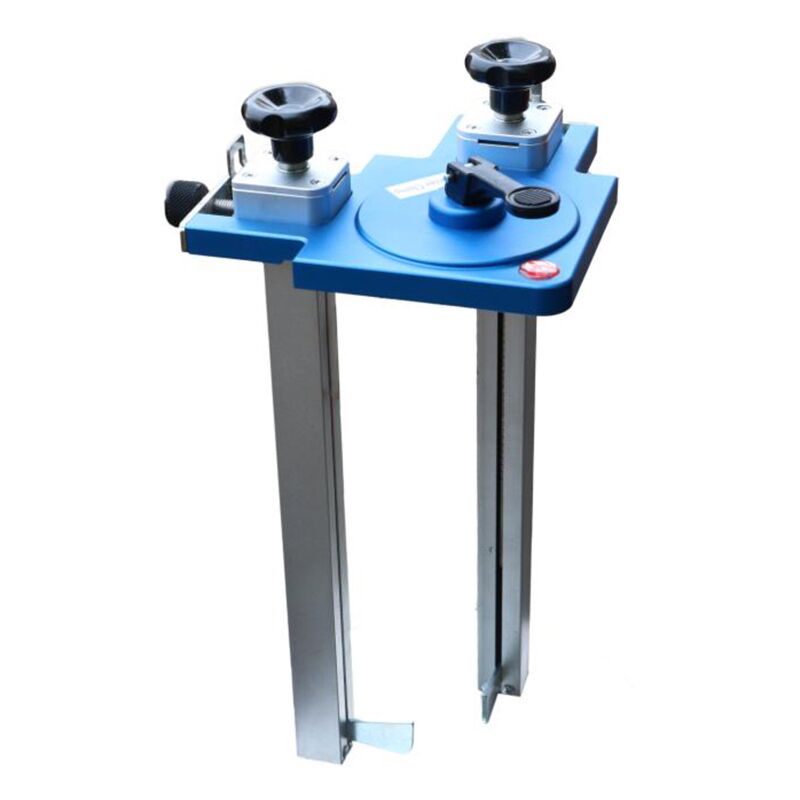
Table of Contents
ToggleWhat Is Material Handling and Why It Matters?
Material handling refers to the movement, protection, storage, and control of materials throughout manufacturing, warehousing, distribution, and disposal. It includes both manual operations and automated systems.
Key components of material handling include:
- Manual material handling tools (e.g., dollies, hand trucks)
- Automated material handling systems (e.g., robotics, conveyors)
- Warehouse material handling equipment (e.g., forklifts, cranes and hoists)
- Bulk material handling systems (e.g., screw conveyors, pneumatic lifters)
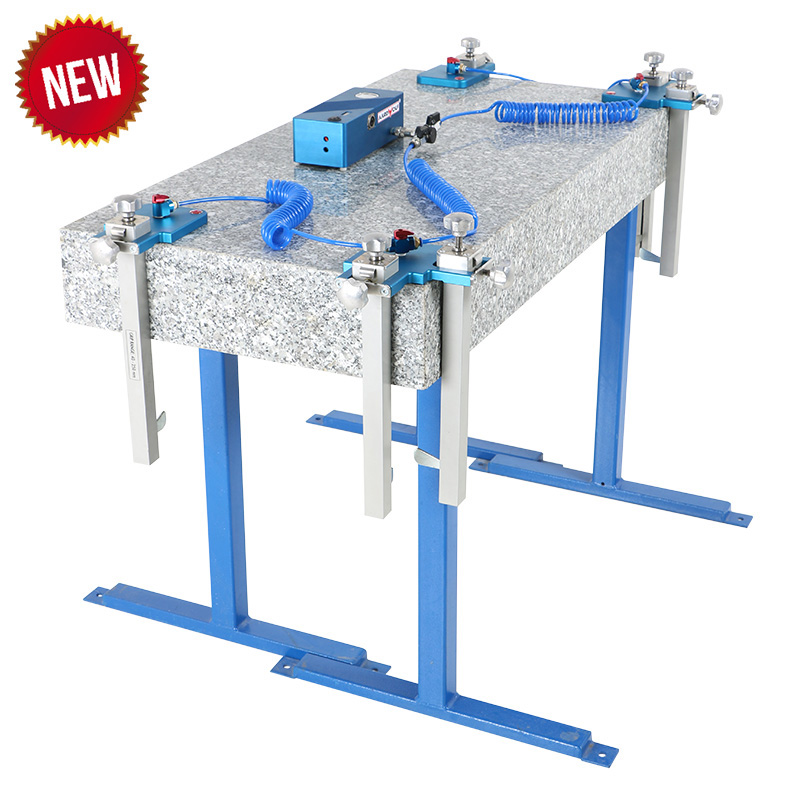
The Role of Human Labor in Material Handling
Physical Demand and Safety Concerns
Manual labor has traditionally been at the core of material movement. However, repetitive lifting, pushing, and loading can cause:
- Musculoskeletal disorders
- Slips and falls
- Fatigue-related errors
- Long-term disability claims
To mitigate these risks, companies are increasingly integrating ergonomic industrial material handling solutions.
🔗 Loose Clothing Is Best to Wear When Handling Material?
Automation: Enhancing Efficiency, Reducing Strain
The Rise of Robotics in Warehousing
Automated guided vehicles (AGVs), robotic arms, and conveyors for material handling are transforming how materials are transported—especially in material handling for warehouses and material handling in logistics.
Key benefits include:
- Reduced dependency on manual labor
- Increased throughput and precision
- Lower injury rates
- 24/7 operation capabilities
While this reduces the need for repetitive human effort, it also demands a new category of skilled labor.
Shifting Skill Demands
From Labor-Intensive to Tech-Enabled Roles
As automation adoption grows, so does the demand for:
- Robotics technicians
- Systems integrators
- Programmers for automated material handling systems
- Maintenance and diagnostics specialists
This shift requires comprehensive material handling training programs and retraining of the existing workforce.
Impact on Labor Shortages
With global labor shortages affecting warehouses and manufacturers, automated vs manual material handling has become a balancing act. Automation fills labor gaps, but industries still rely on human supervision and adaptability.
Material handling companies near me report faster onboarding and productivity gains when automation supports rather than replaces humans.
Use Cases: How Automation Affects Real Workers
1. Material Handling in Construction
Technologies like jib cranes and forklifts for material handling reduce physical effort on construction sites.
🔗 Jib Cranes and Vacuum Paver Lifter
2. Material Handling in Food Industry
Automated conveyor systems preserve sanitation and reduce human contact with sensitive goods.
3. Material Handling for Granite Countertops
🔗 Granite Countertop Installation
Here, the use of vacuum lifters and Aardwolf slab lifters reduces back injuries and speeds up fabrication tasks—protecting workers while improving quality.
Challenges Faced by Labor
Even as heavy-duty material handling solutions relieve physical strain, workers face:
- Job insecurity due to automation
- Higher learning curves
- Mental stress from operating high-tech systems
- Pressure to meet robotic speed standards
This underscores the importance of ethical automation deployment and workforce transition planning.
The Future: Humans and Machines in Harmony
Collaborative Robots (Cobots)
Cobots work with humans rather than replacing them—handling heavy lifts while allowing workers to focus on tasks requiring decision-making, inspection, or customization.
How to Support the Labor Force in Transition
- Invest in Training – Equip workers to operate, troubleshoot, and maintain material handling equipment.
- Ergonomic Upgrades – Use tools like material handling carts and trolleys, lifting clamps, and overhead material handling systems to reduce injuries.
- Design Smart Workflows – Employ material handling system design considerations that promote both productivity and safety.
- Start with Low-Cost Solutions – Especially for small businesses, start with low-cost material handling solutions to ease into automation.
🔗 Which Conveyor Is Used for Handling the Bulk Material?
Final Thoughts
So, how does material handling impact the human labor force? It enhances safety, efficiency, and precision—yet it also reshapes job roles, skill demands, and employment patterns. The goal is not to replace human labor but to empower it with smarter tools and support.
By combining automated material handling systems with smart human oversight, businesses can navigate labor shortages, lower injury rates, and remain competitive in a tech-driven future.
Need help choosing the right equipment?
Explore reliable tools like Aardwolf Vacuum Lifters and Granite Countertop Installation solutions tailored for modern operations.

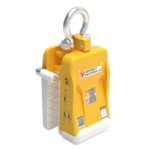
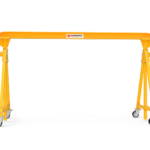
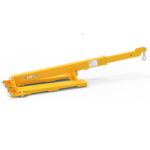

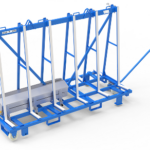

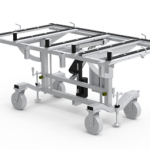
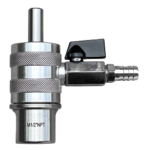
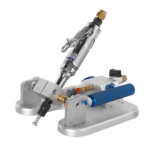


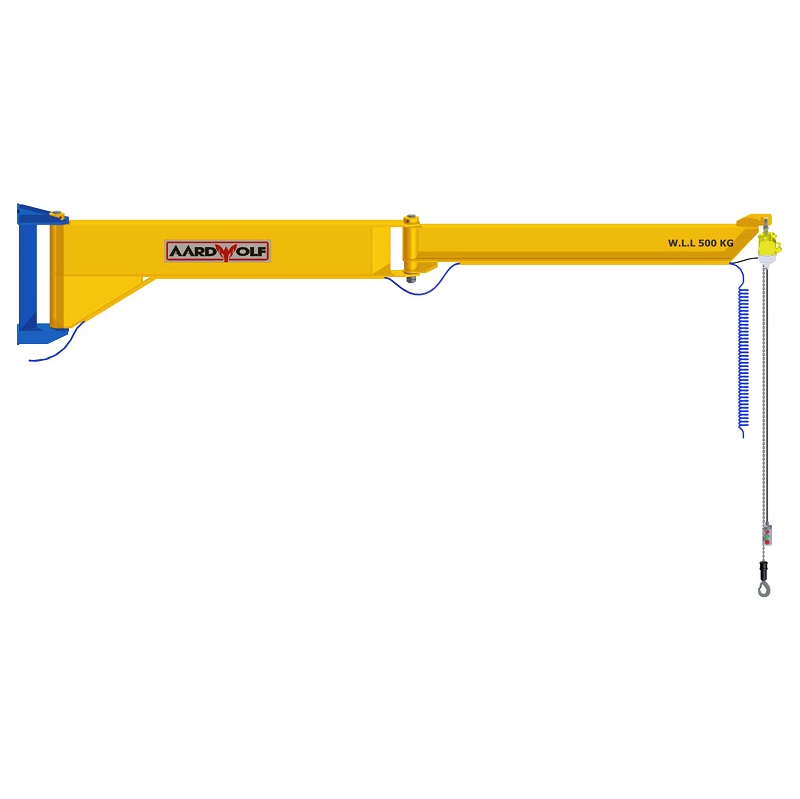
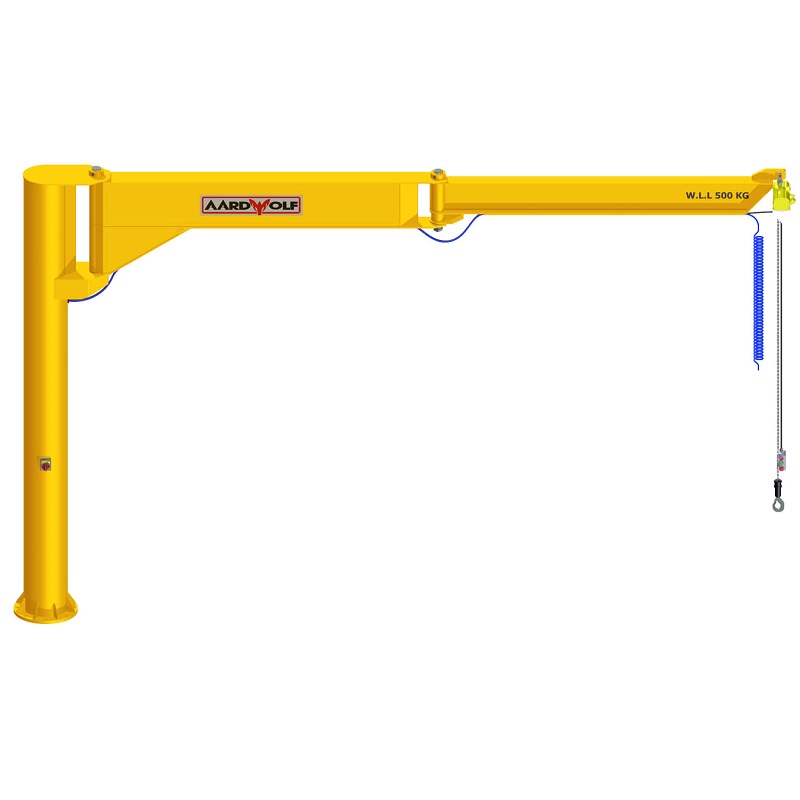
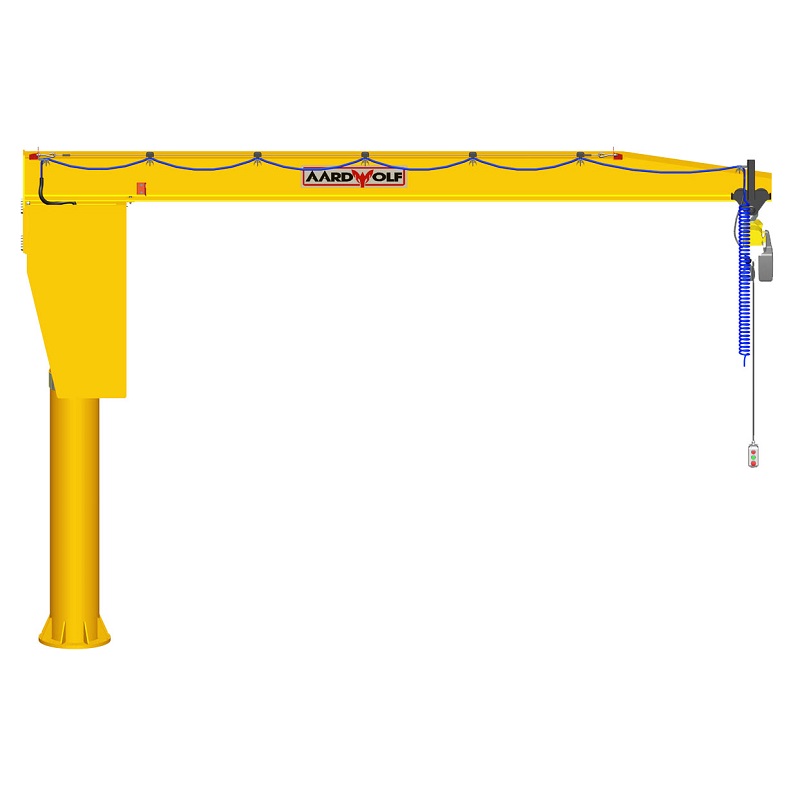
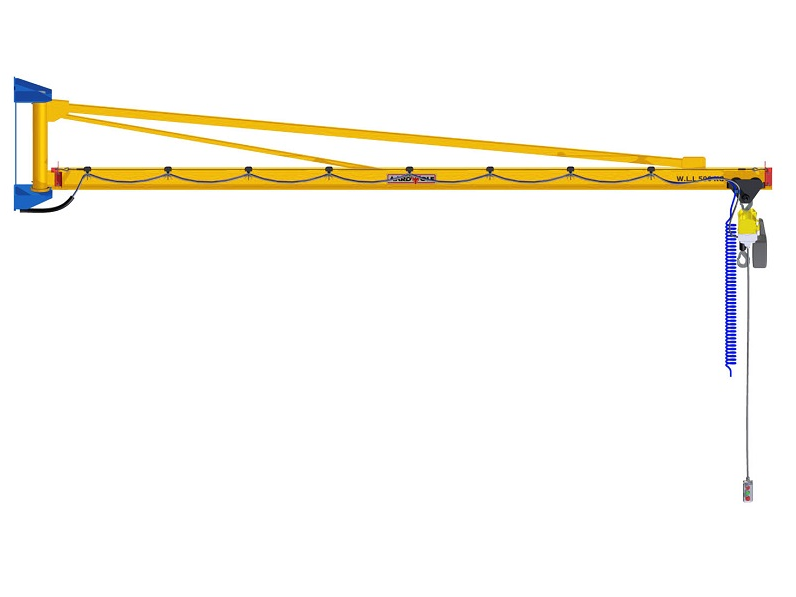

Please log in to leave a comment.